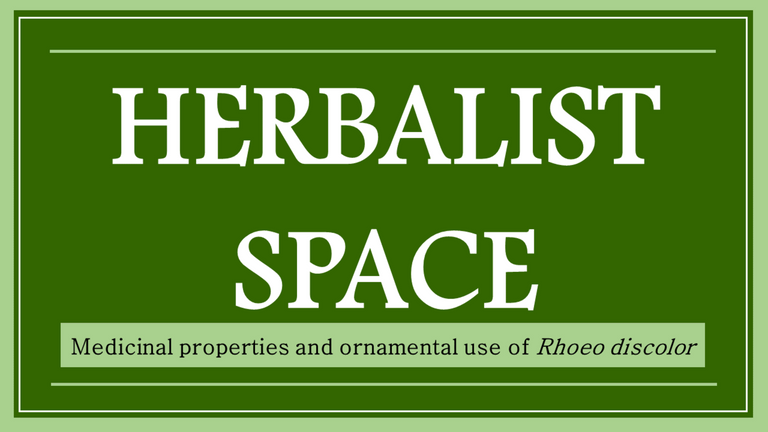
Greetings friends and members of the Natural Medicine community, the high costs of production of synthetic drugs, added to the secondary reactions that these usually produce to health, are largely the main reasons, which drive me to share the content oriented to the use of organographic segments of plants to treat various diseases, I hope that this delivery prescribes some utility to the members of @NaturalMedicine.
This time we will describe Rhoeo discolor
It is universally known that plants have phytochemical elements of proven pharmacological effect, in this post we will limit ourselves to describe the medicinal properties of a colorful species whose scientific name Rhoeo discolor, alludes to the two colors that exhibit their leaf blades (green and purple).
Rhoeo discolor is known domestically as Liver Leaf, however, in some Central American countries like Guatemala, Mexico and Panama it is called Purple Maguey, while in the Dominican Republic it is called Magueyito and in Cuba Cordobán. It is important to mention that this vegetable resource, currently is determined with synonymy Tradescantia spathacea, and it is original from the extensive geographical region of Central America, however, it is usually attributed a specific origin relating to Mexico as the country of natural habitat, however, its distribution is wide both in tropical and subtropical countries. In relation to its ecological adaptability, it thrives in natural ecosystems preferably tropical, generally in conditions of humid forest with temperatures around 30°C and rainfall greater than 2,000 mm per year. Another point to highlight is that the foliar laminae of R. discolor specimens in Central American countries are very appreciated for having secondary metabolites with phytoanalgesic action, equivalent to the effect of calming or eliminating pain. The extracts of this prodigious biological material also present antibiotic, anti-inflammatory and anti-tumor activity.
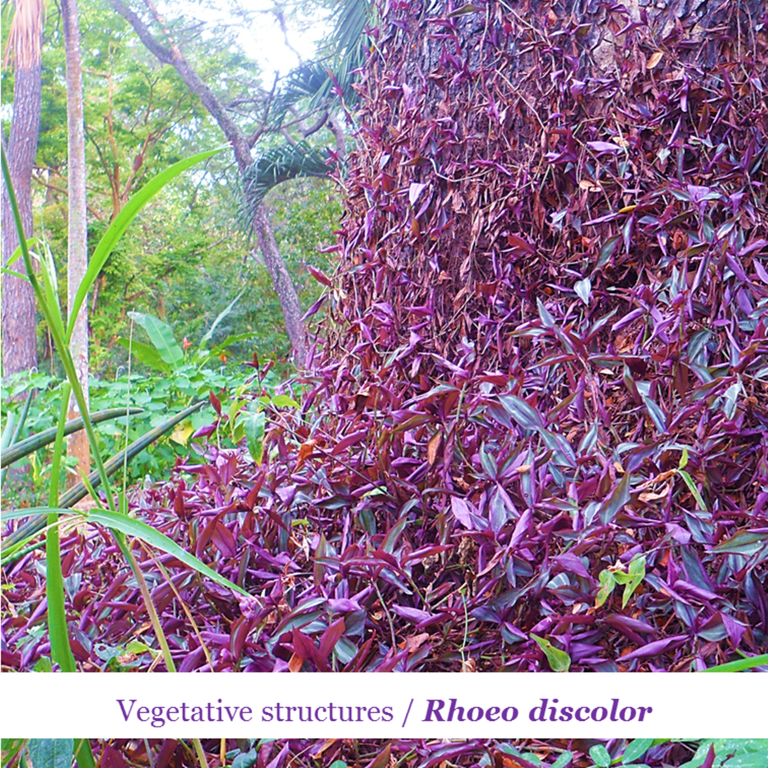
Fig. 2 Vegetative structures of Rhoeo discolor. Author: @lupafilotaxia.
Phytoanalgesic activity
Rhoeo discolor is characterized by the effect that its secondary metabolites produce in the reduction of headaches as well as muscular complications.
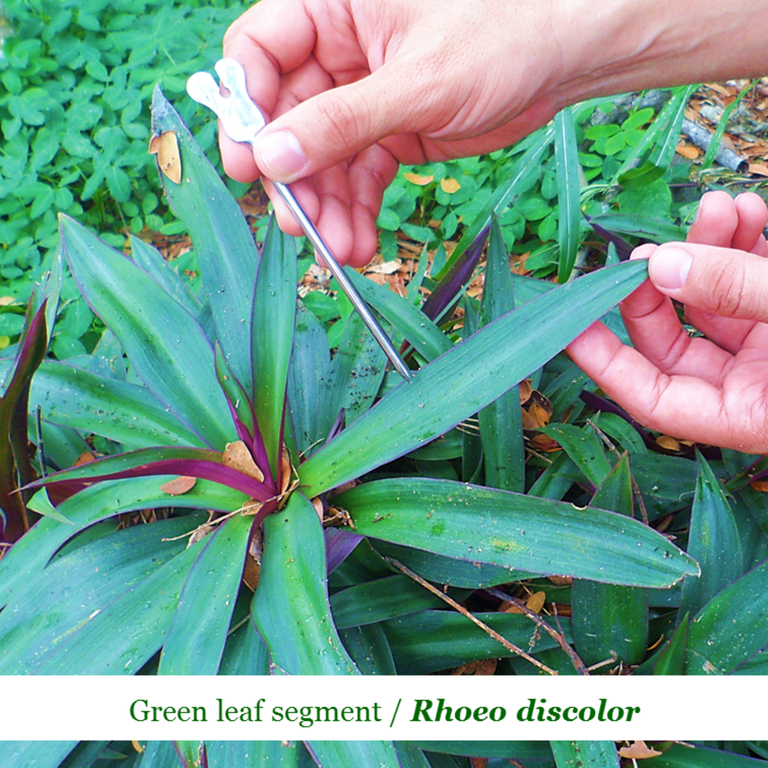
Fig. 3 Green leaf segment of Rhoeo discolor. Author: @lupafilotaxia.
Antibiotic effect
It has been suggested that fresh leaf material from Rhoeo discolor has ethanolic substances of antibiotic efficacy basically against skin conditions.
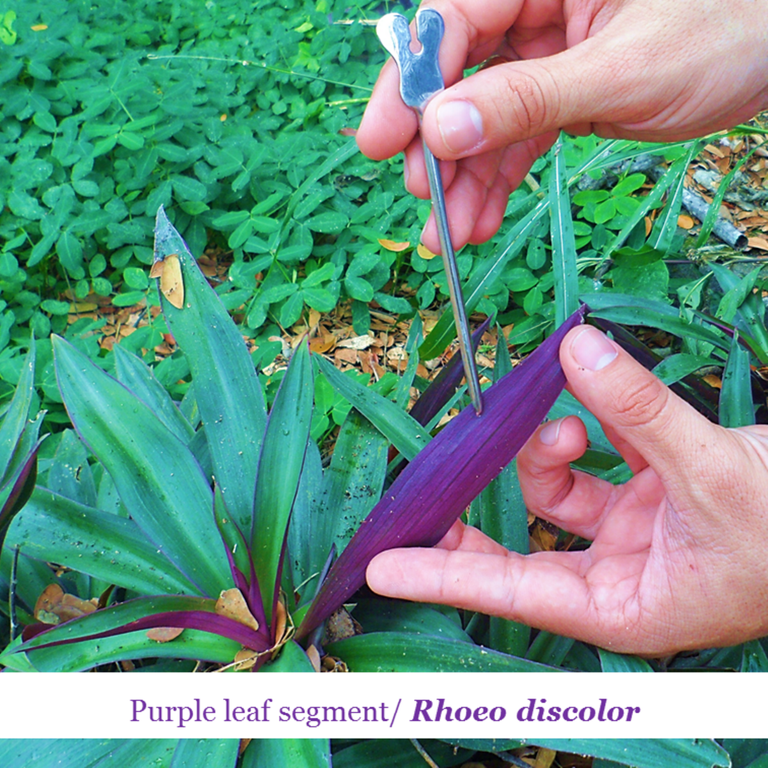
Fig. 4 Purple leaf segment of Rhoeo discolor. Author: @lupafilotaxia.
Anti-inflammatory property
The pigments that give the purple color to the leaf tissue of Rhoeo discolor, among these substances as flavonoids act positively on inflammatory processes activity.
Anti-tumor action
Although there are no reliable reports, it is estimated that the secondary metabolites of Rhoeo discolor are anti-tumor, inhibiting the growth of cancer cells.
Ornamental Use
The particular bicolor (green and purple) that exhibits the leaves of Rhoeo discolor makes it a plant material of ornamental interest whose attractive color is the purple that has the back of the leaf, a morphological attribute that is used for the beautification of urban gardens and squares.
BIBLIOGRAPHICAL REFERENCES CONSULTED:
[1] Sandoval F., Hernández L., Flores A., y Contreras R. Evaluación de la actividad antibacteriana del extracto de Rhoeo Discolor (Barquilla). Revista de Energía Química y Física. 2015; 2; 2: 271 – 277. Article: Online access
[2] Santiago L. Estudio fotoquímico y actividad antimicrobiana de Rhoeo spathacea (Sw.) Stearn. Universidad Aútonoma de León. 1996. Article: Online access
 Join The Best Natural Health Community on Hive
Join The Best Natural Health Community on Hive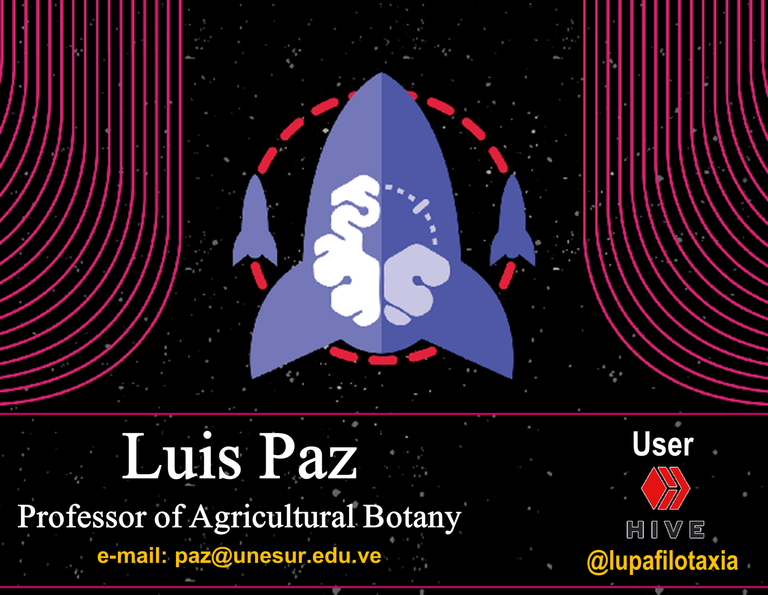
#Posh Twitter: